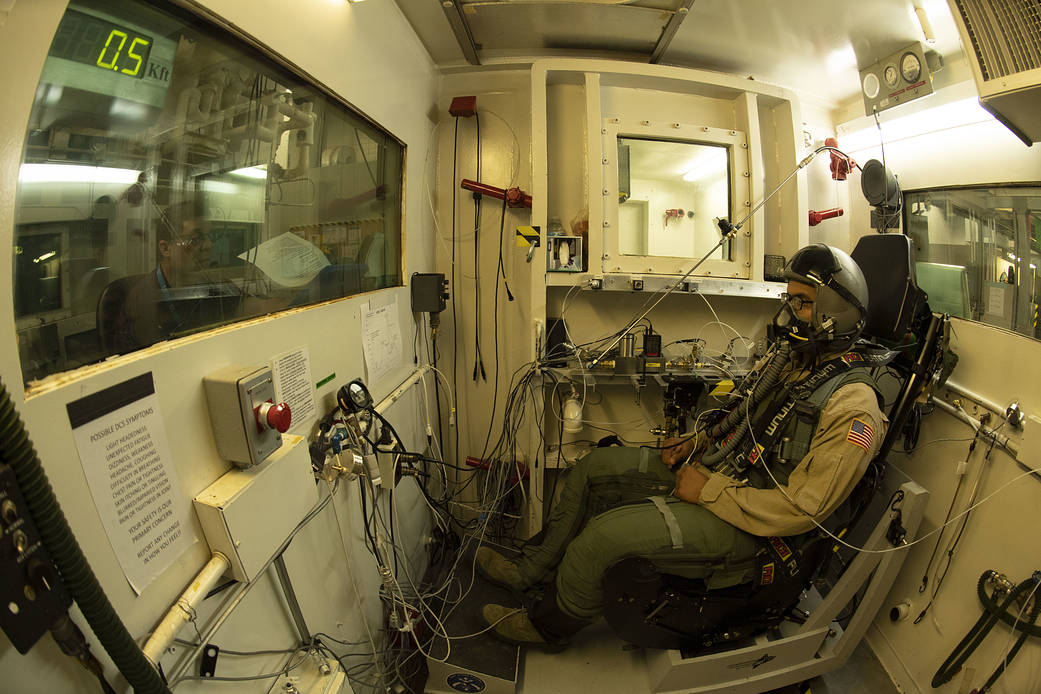Safety is paramount for NASA’s quiet supersonic flight team who are making great strides in preparing for future flight testing with the aircraft.
The X-59 is a research aircraft designed to take the boom out of the sonic boom with its quiet supersonic technologies and design features. The Low-Boom Flight Demonstration is reshaping supersonic flight by helping to change the existing aviation rules by collecting and sharing data from communities who will provide feedback on the gentle thump that they hear when the X-59 flies overhead. To get to this phase of the project, the team needs to ensure that the X-59’s life support system is effective in providing the protection needed to enable flight at the high altitudes required to meet its mission. To achieve the safest possible environment and aircraft for our pilots, NASA is working alongside contractor KBR and relying on their expertise to make sure that the aircraft is meeting required standards for the life support and emergency oxygen systems.
To ensure the pilot’s safety, the team is performing a series of tests in preparation for an unlikely cabin depressurization to assess the protections provided by the sophisticated life support system equipment.
The low pressure (hypobaric) chamber located at KBR in San Antonio, Texas pictured here simulates very high altitudes by reducing the air pressure inside of the chamber — all while sitting at ground level. The person inside the chamber will experience the reduced pressure conditions that exist at higher altitudes, and in this specific case, altitudes up to 60,000 feet. . Here a military test volunteer is wearing protective equipment while breathing oxygen before undergoing a rapid decompression. The main point of the test is to verify the equipment that he is using and wearing, as well as the life support system, are all working properly to prepare the X-59 and pilots for flight.
Military test volunteers are constantly monitored by a team of experts as a live stream of this activity and its data are displayed on monitors. The physiology of the test volunteers is also tracked, and there is a medical professional on-site in the unlikely event that their health requires attention.
Rapid decompression testing up to either 50,000 or 60,000 feet in the air makes sure the pilot can survive a sudden loss of pressure at the X-59’s cruising altitude by providing oxygen under high pressure to the pilot’s lungs – to prevent damage to the lungs, the volunteer and pilot must wear a counter-pressure vest and pants. This altitude is more than 20,000 feet higher than the altitude that commercial airplanes fly. Typically, commercial airline flight passengers experience pressure altitudes of up to only 8,000 feet. As part of this test, the test volunteer descends back down to ground level pressure altitudes at pre-determined rates. Continuous monitoring by the test team ensures proper function of the protective equipment as well as the health and safety of the volunteer.
The primary oxygen system testing is now complete and next up will be testing on the emergency oxygen system. After completion, the systems will be placed on the X-59 and the team will administer additional system checkouts to further check these systems as they are installed.
Image Credit: KBR, Brooks in San Antonio, Texas
Text Credit: Kristen Hatfield, NASA




























